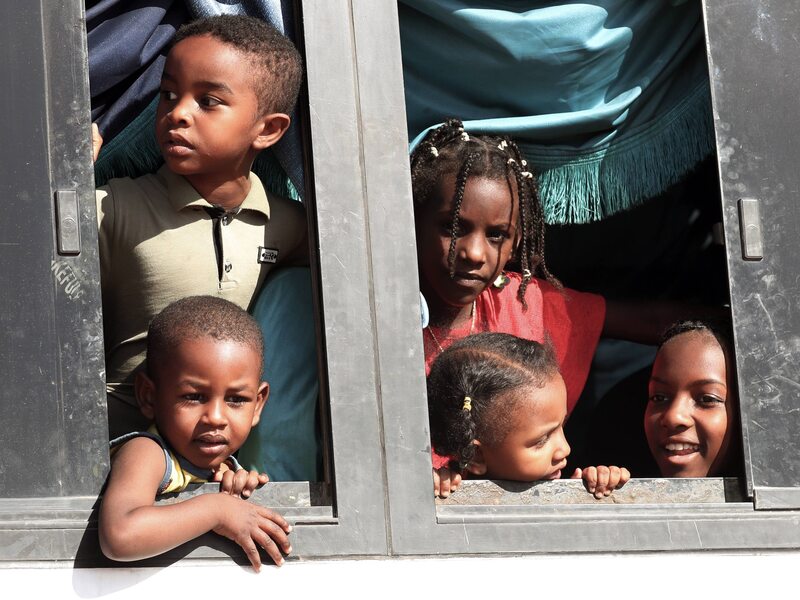
In November 2022, the world's population will exceed eight billion. According to United Nations estimates, there will be about 9.7 billion people on Earth in 2050, and 10.4 billion in the 2080s. Then the world population will remain roughly the same until 2100. However, there are scientific studies that predict much lower growth. According to them, the population will reach only 8.8 billion people in 2064.
In 2020, the global population growth rate fell below one percent per year for the first time since 1950. Currently, it is only 0.8 percent. This means that growth has halved over the past 50 years. The rapid growth of the world's population is a recent phenomenon. About 300 million people lived on Earth 2000 years ago, and the first billion reached around 1800. There were two billion people in 1927, three billion in 1960, 33 years later, and it took just 14 years to reach the fourth billion (1974). In 1987, just 13 years later, the fifth billion mark was crossed, followed by the sixth billion mark in 1999. On October 31, 2011, the seventh billionth person was born.
Asia is the leader
Asia has the largest share of the world's population (59.4%). China and India alone account for more than a third of the world's population. The rest of the world's population is divided between Africa (17.8%), Europe (9.3%), Latin America (8.2%), North America (4.7%) and Australia/Oceania (0.6%) (as of 2022). In the spring of 2023, India surpassed China to become the most populous country in the world.
Birth rate is an important factor in the development of the world's population. Recently, it has declined in many regions of the world. According to the German Foundation for World Population (DSW), the global average is 2.3 children per woman. This means that the average number of children per woman has more than halved since the 1960s.
However, there are significant regional differences: the lowest fertility rates are in Europe (1.5 children per woman) and North America (1.6 children per woman). Africa has the highest average number of children per woman at 4.3, but it was also 6.7 in the mid-1960s. The birth rate is particularly high in the so-called sub-Saharan countries in Africa: Niger (6.7 children per woman), Somalia (6.3) and the Democratic Republic of the Congo (6.2).
However, increasing life expectancy is partly responsible for population growth around the world. In 2019, global life expectancy reached 72.8 years – an increase of almost nine years since 1990. This is expected to increase to 77.2 years by 2050. More and more people live in cities. By mid-2023, it was estimated that 4.6 of the world's total population, just over 8 billion people, would live and work in cities. This was equivalent to 57 percent of the world's population. By 2030, that number will increase by about 600 million to 5.2 billion people, about 60 percent of the world's population.
Also read:
Expert: Loneliness in Poland has the face of youthAlso read:
USA: These states have restricted abortion. A new study shows demographic changes
(translate tags) demography
